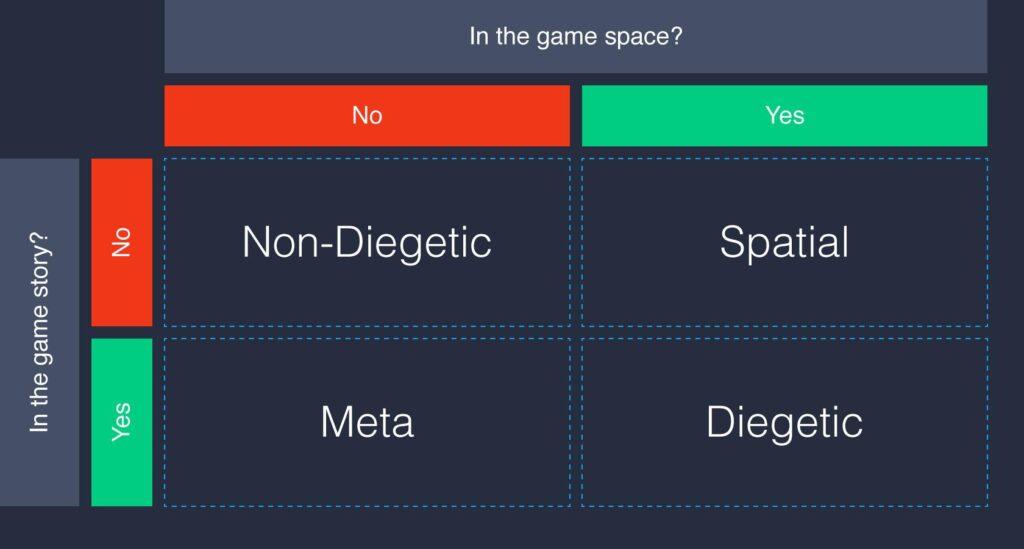User interface design is a critical aspect of video game development that plays a vital role in providing players with a seamless and immersive experience. It includes game controls, menus, character interactions, and real-time information display, among others. UI designers must consider simplicity, consistency, creativity, and flexibility while designing the user interface. The process of UI design involves conceptualization, storyboarding, prototyping, testing, and finalizing the design before implementation. A well-crafted user interface design enhances the player’s immersion in the game world, making it more intuitive and engaging.
An Overview of User Interface Design in Video Game Development
Introduction
The user interface of video games is critical for the players’ overall experience. It is the players’ gateway to controlling their character or avatar, world exploration, interaction with the game environment, and a lot more. Video games are made to provide seamless and immersive experiences to players, and the user interface plays a crucial role in achieving this goal. Thus, user interface design is a crucial stage in game development that must consider several factors to ensure the best player experience possible.
The Role of UI Design in Game Development
The user interface design plays a critical role in video game development in several ways. Firstly, it allows the player to interact with the game world and control their character within this world. The user interface can include menus, buttons, game controls, and character interactions. The user interface must also provide information to the player, such as character status, inventory, and health or stamina levels, in real-time. Secondly, the user interface plays a significant role in the game’s overall visual design. A well-crafted user interface can enhance the player’s immersion in the game world, making it more intuitive and engaging.
The Principles of UI Design in Video Games
The following principles are critical in designing user interfaces in modern video game development:
Simplicity
The user interface must be straightforward, intuitive, and easy to navigate so that the player can make the most of the game’s mechanics. The menus, controls, and character interactions must be intuitive and unambiguous to use as the player explores the game world.
Consistency
The user interface must maintain consistency throughout the game. This consistency can exist in color scheme, font style, layout, and controls, among others. A consistent user interface design makes it easy for the player to learn and navigate the game world seamlessly.
Creativity
To stand out from the ever-increasing number of video games, user interface designers must incorporate creativity and innovative ideas into the UI design. This creativity can include extraordinary visual effects, original animations, sound design, and storyline depth.
Flexibility
The player experience is fundamental in video game design. Thus, the user interface must provide flexibility and customizability, allowing the player to tailor their experience according to their preferences. This flexibility can include controls, accessibility options, or different game modes.
The Process of UI Design in Video Game Development
The video game development process involves multiple stages, with each stage requiring specific tasks to be completed to produce a quality final product. UI design is part of the game development process and typically precedes other critical stages such as coding and scripting. The following outlines the process of UI design in video game development:
Conceptualization
The first step in UI design is conceptualization. The game development team will consider various design choices that fit the game’s overall theme and their budget. The team will also decide whether to go for a conventional or innovation design approach for the user interface.
Storyboarding
After determining the design approach, the live interactive experience comes to life with a storyboard. A storyboard consists of sketches or wireframes of the game’s user interface design.
Prototyping and Testing
Once the team has finalized the storyboard, the next step is prototype development. The development team will develop a prototype of the game’s user interface, which will be tested and revised for any design or technical issues.
Finalizing the Design
After testing and revisions are completed, the UI design team will finalize the design. Any issues discovered during prototyping will be addressed at this stage. The finalized design will be handed over to the coding team for implementation.
Conclusion
User interface design is a crucial element of video game development. It enables players to interact with the game’s world and characters; it provides valuable information to the player and enhances their overall gaming experience. As such, UI designers must follow the principles of simplicity, consistency, creativity, and flexibility to create an innovative and immersive user interface design. Following the process of conceptualization, storyboarding, prototyping, testing, and finalizing the design is essential to creating a successful user interface design.
